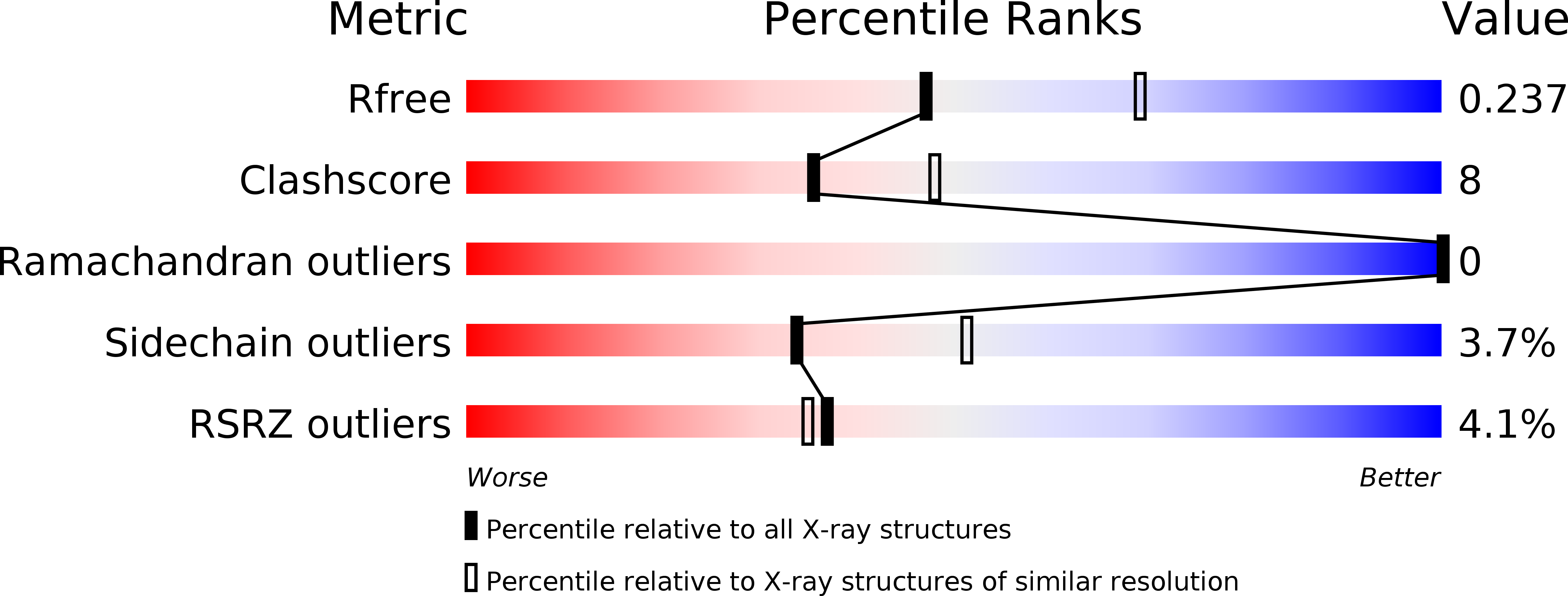
Deposition Date
2019-01-01
Release Date
2019-09-18
Last Version Date
2024-10-30
Entry Detail
PDB ID:
6J2G
Keywords:
Title:
Crystal structure of bat (Pteropus Alecto) MHC class I Ptal-N*01:01 in complex with Ebola virus-derived peptide EBOV-NP2
Biological Source:
Source Organism:
Pteropus alecto (Taxon ID: 9402)
Homo sapiens (Taxon ID: 9606)
Ebola virus sp. (Taxon ID: 205488)
Homo sapiens (Taxon ID: 9606)
Ebola virus sp. (Taxon ID: 205488)
Host Organism:
Method Details:
Experimental Method:
Resolution:
2.41 Å
R-Value Free:
0.23
R-Value Work:
0.19
R-Value Observed:
0.19
Space Group:
C 2 2 21


